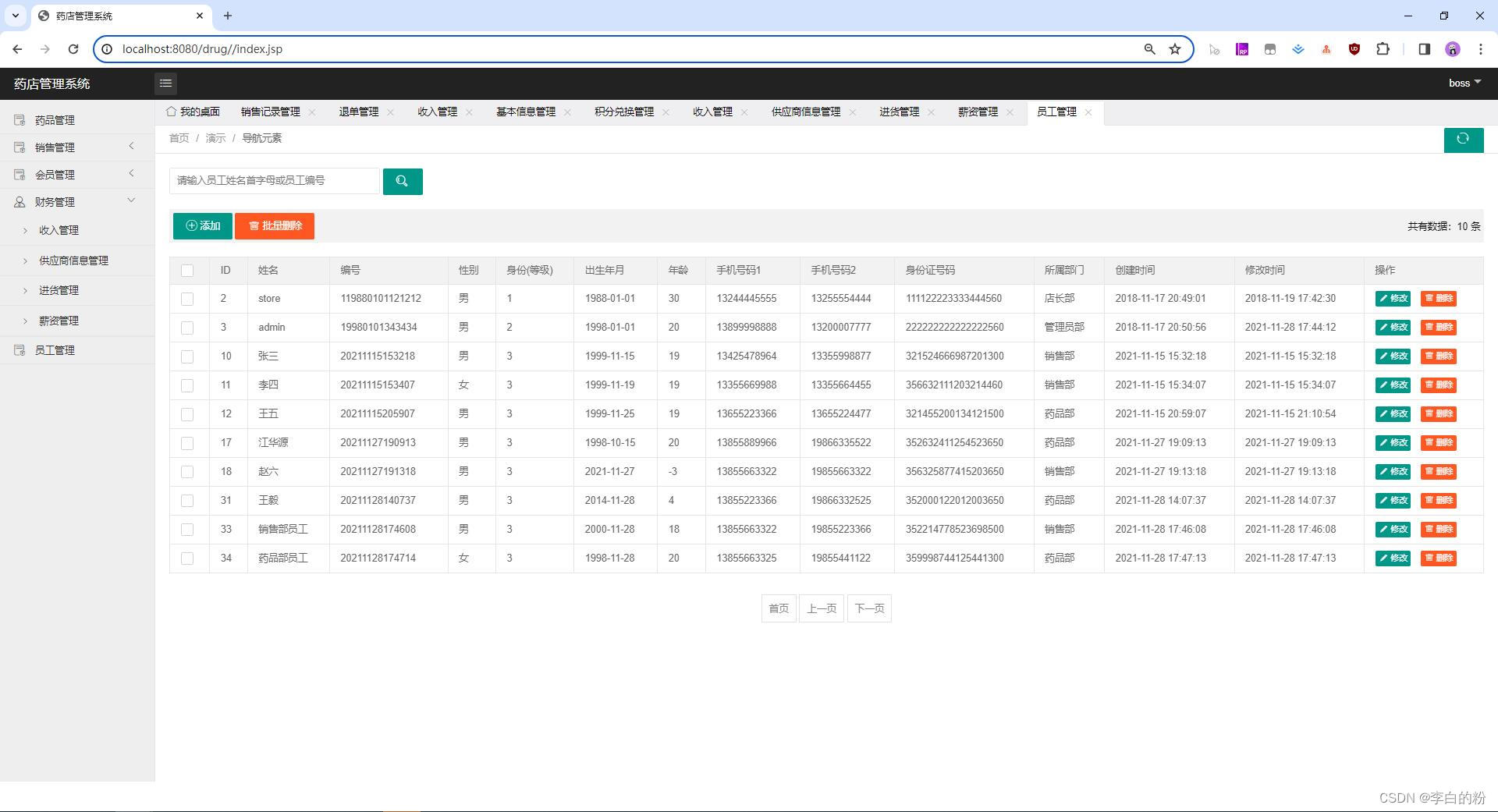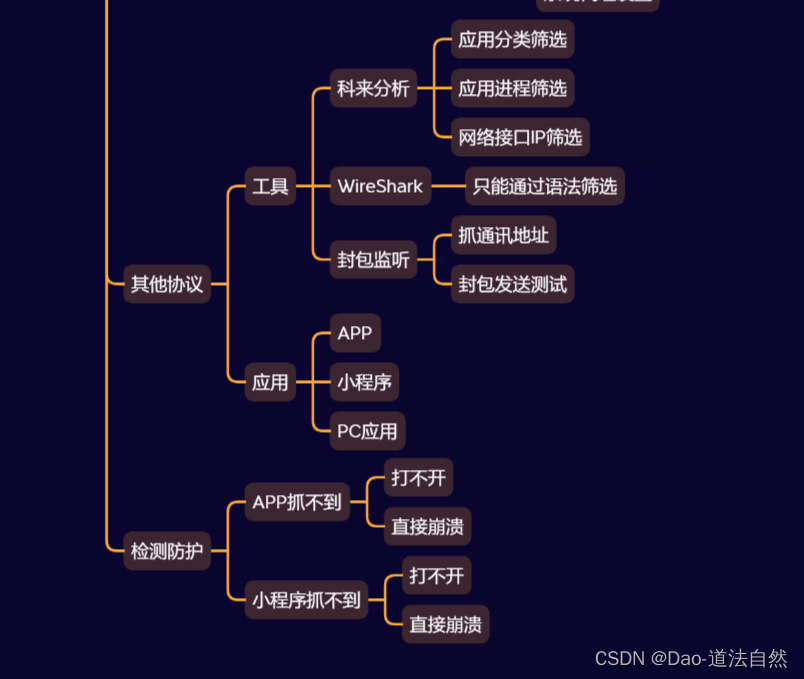36、二叉树的中序遍历
给定一个二叉树的根节点 root ,返回 它的 *中序 遍历* 。
示例 1:
输入:root = [1,null,2,3]
输出:[1,3,2]
示例 2:
输入:root = []
输出:[]
示例 3:
输入:root = [1]
输出:[1]
提示:
- 树中节点数目在范围
[0, 100]内 -100 <= Node.val <= 100
思路解答:
1、递归 左-根-右即可
def inorderTraversal(self, root: Optional[TreeNode]) -> list[int]:
def inorder(node,result):
if not node:
return []
inorder(node.left,result)
result.append(node.val)
inorder(node.right,result)
result = []
inorder(root,result)
return result
37、二叉树的最大深度
给定一个二叉树 root ,返回其最大深度。
二叉树的 最大深度 是指从根节点到最远叶子节点的最长路径上的节点数。
示例 1:

输入:root = [3,9,20,null,null,15,7]
输出:3
示例 2:
输入:root = [1,null,2]
输出:2
提示:
- 树中节点的数量在
[0, 104]区间内。 -100 <= Node.val <= 100
思路解答:
1、递归计算左子树和右子树的深度,取两者中的较大值,并加上1(当前节点的深度)作为树的深度。
def maxDepth(self, root: Optional[TreeNode]) -> int:
if not root:
return 0
left_depth = maxDepth(root.left)
right_depth = maxDepth(root.right)
return max(left_depth, right_depth) + 1
38、翻转二叉树
给你一棵二叉树的根节点 root ,翻转这棵二叉树,并返回其根节点。
示例 1:

输入:root = [4,2,7,1,3,6,9]
输出:[4,7,2,9,6,3,1]
示例 2:

输入:root = [2,1,3]
输出:[2,3,1]
示例 3:
输入:root = []
输出:[]
提示:
- 树中节点数目范围在
[0, 100]内 -100 <= Node.val <= 100
思路解答:
1、交换每个节点的左右子树,然后递归地对左右子树进行翻转
def invertTree(self, root: Optional[TreeNode]) -> Optional[TreeNode]:
if not root:
return None
#交换左右子树
root.left, root.right = root.right, root.left
invertTree(root.left)
invertTree(root.right)
return root
39、对称二叉树
给你一个二叉树的根节点 root , 检查它是否轴对称。

示例 1:
输入:root = [1,2,2,3,4,4,3]
输出:true
示例 2:
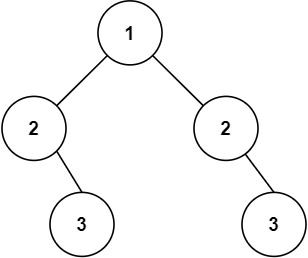
输入:root = [1,2,2,null,3,null,3]
输出:false
提示:
- 树中节点数目在范围
[1, 1000]内 -100 <= Node.val <= 100
思路解答:
1、递归地比较两个节点及它们的子树是否轴对称 具体就是:递归地比较左子树的左节点与右子树的右节点,以及左子树的右节点与右子树的左节点他们的值是否相同即可
def isSymmetric(self, root: Optional[TreeNode]) -> bool:
def isMirror(left, right):
if not left and not right:
return True
if not left or not right:
return False
return (left.val == right.val) and isMirror(left.left, right.right) and isMirror(left.right, right.left)
if not root:
return True
return isMirror(root.left, root.right)
40、二叉树的直径
给你一棵二叉树的根节点,返回该树的 直径 。
二叉树的 直径 是指树中任意两个节点之间最长路径的 长度 。这条路径可能经过也可能不经过根节点 root 。
两节点之间路径的 长度 由它们之间边数表示。
示例 1:
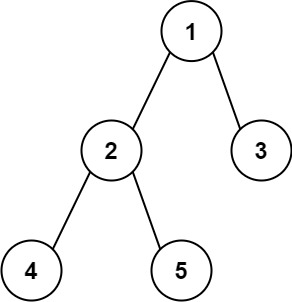
输入:root = [1,2,3,4,5]
输出:3
解释:3 ,取路径 [4,2,1,3] 或 [5,2,1,3] 的长度。
示例 2:
输入:root = [1,2]
输出:1
提示:
- 树中节点数目在范围
[1, 104]内 -100 <= Node.val <= 100
思路解答:
1、对于每个节点,递归地计算左子树的深度和右子树的深度。
2、计算每个节点的深度时,计算经过当前节点的路径长度(左子树深度 + 右子树深度),并更新全局变量来记录最大直径。
def diameterOfBinaryTree(self, root: Optional[TreeNode]) -> int:
self.count = 0
def depth(node):
if not node:
return 0
left_depth = depth(node.left)
right_depth = depth(node.right)
self.count = max(self.count, left_depth + right_depth)
return 1 + max(left_depth, right_depth)
depth(root)
return self.count
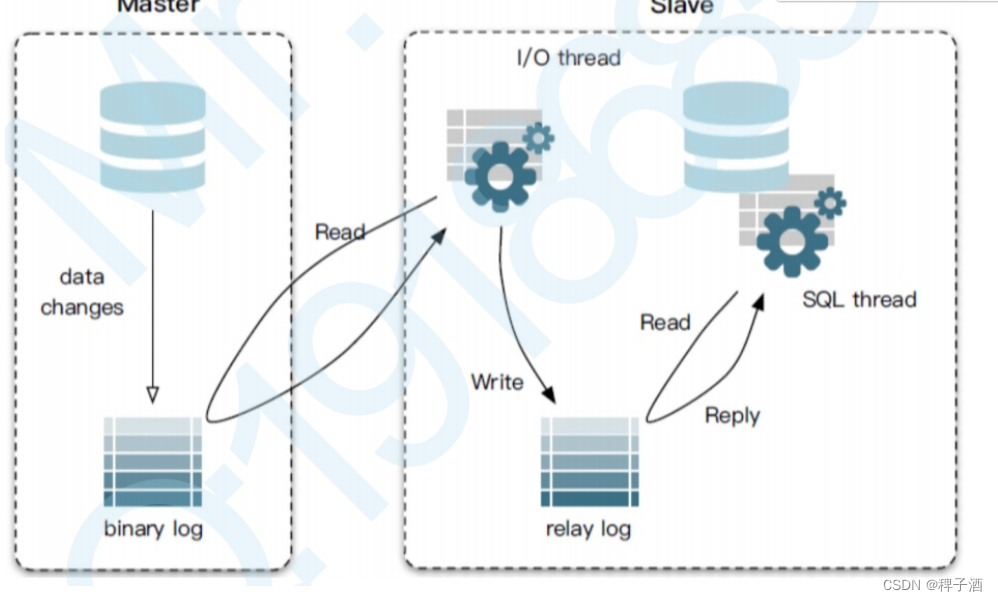
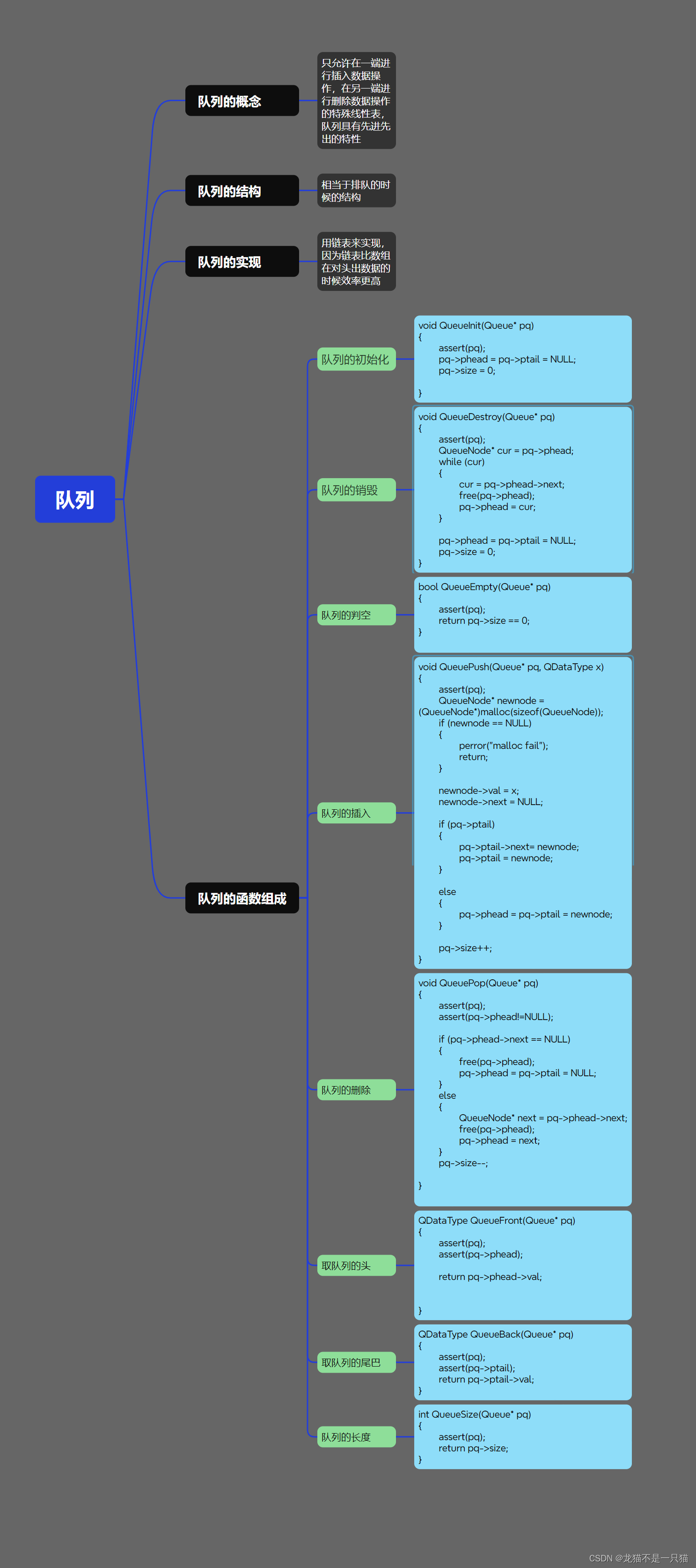

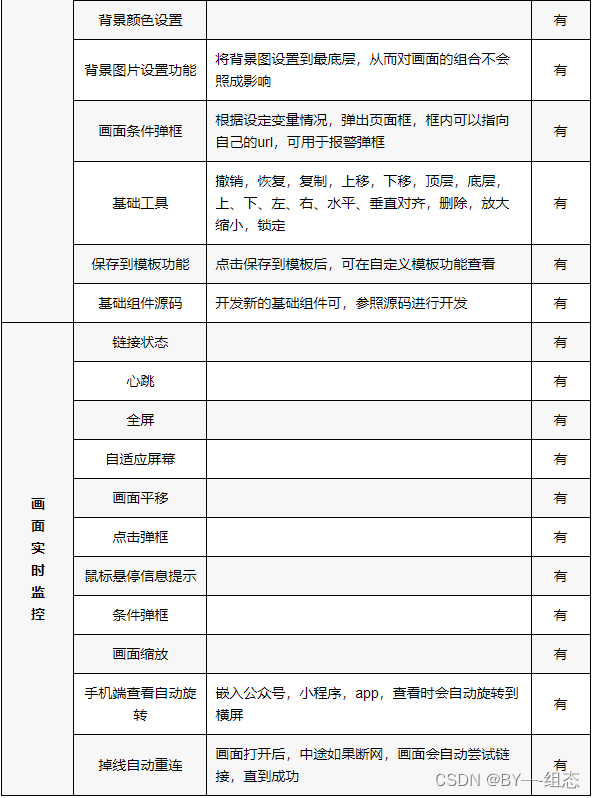
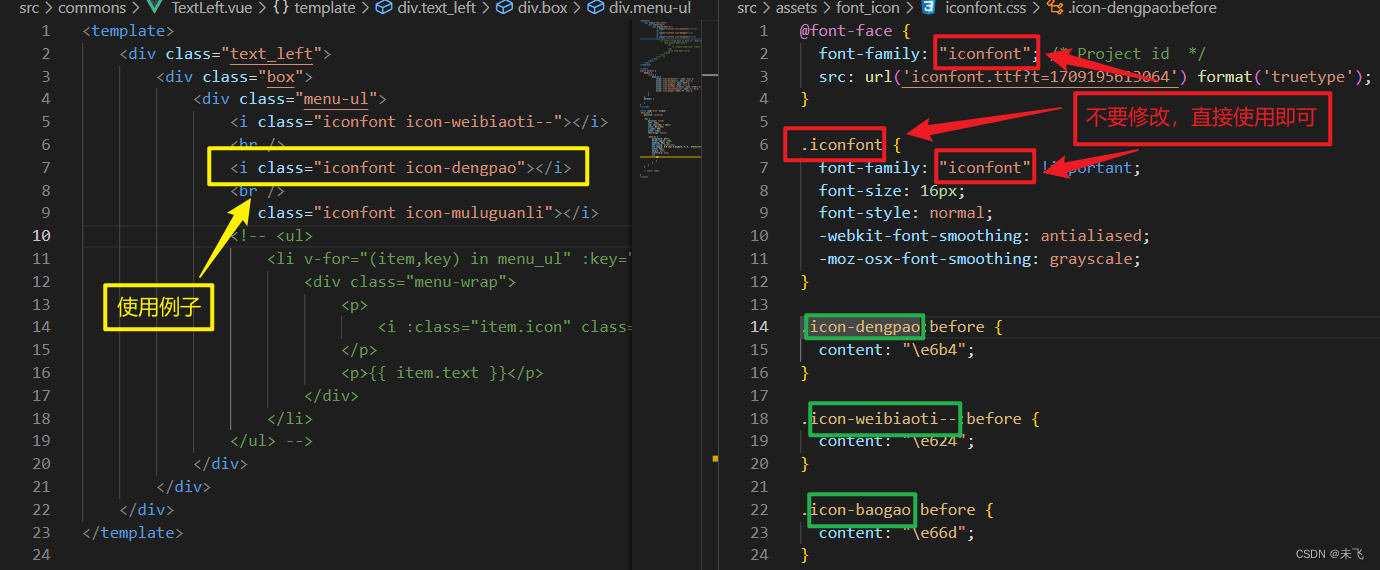

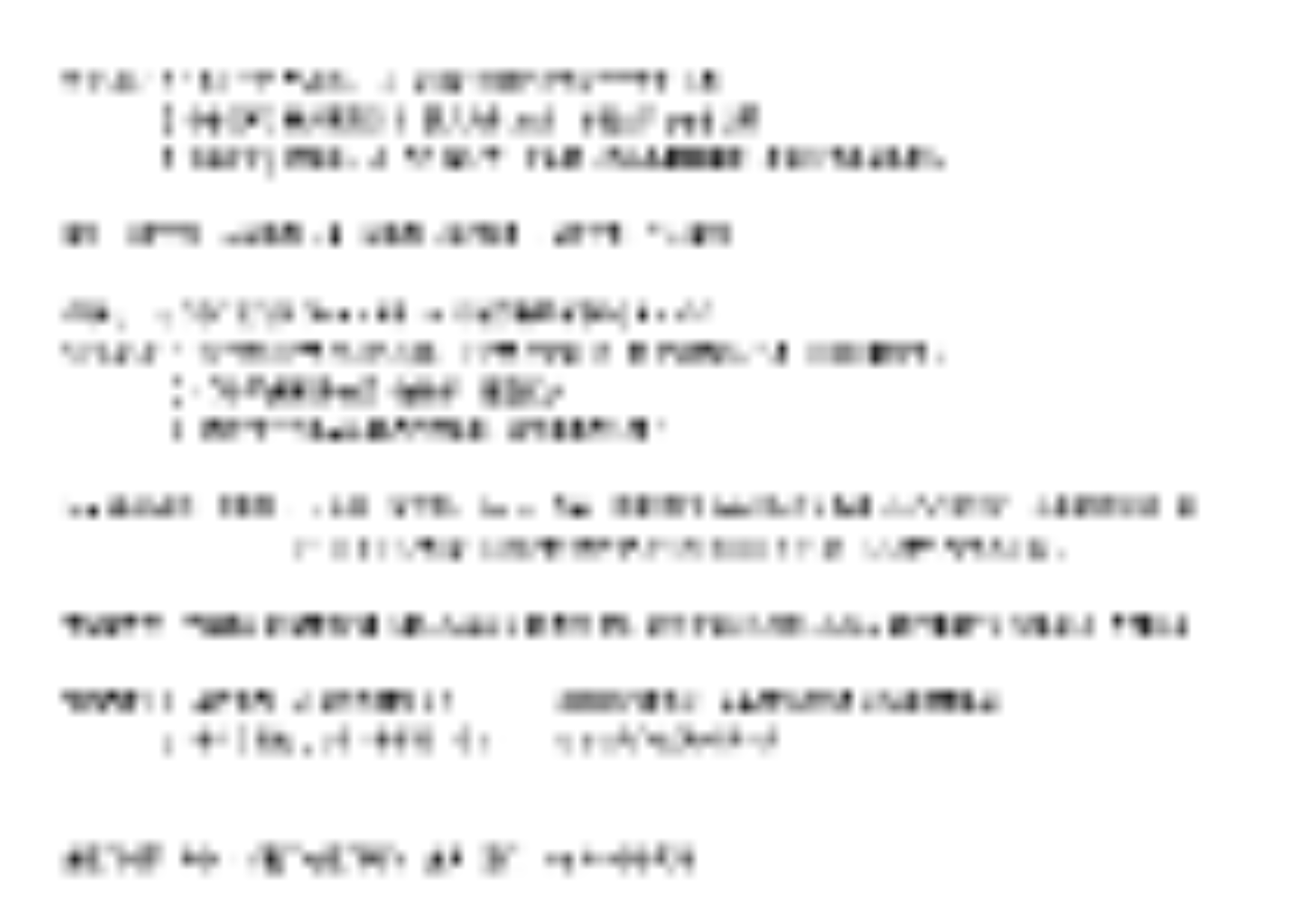


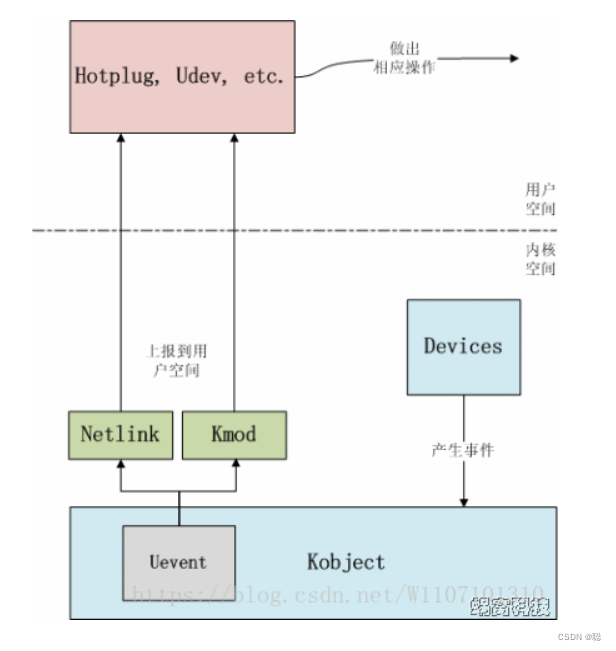






![[unity] c# 扩展知识点其一 【个人复习笔记/有不足之处欢迎斧正/侵删】](https://img-blog.csdnimg.cn/direct/f8e947272a5047ff9e66cc18b84923d2.png)
